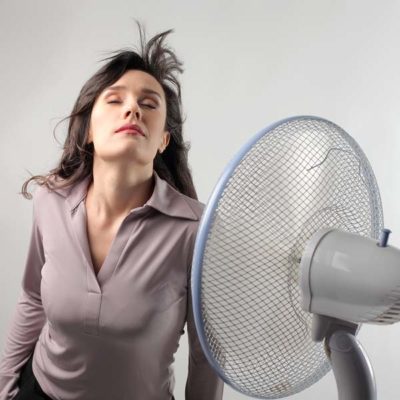If you’ve been using the same single-speed heating, ventilation and cooling (HVAC) system since you originally bought your home, you might be wondering whether or not to upgrade to a variable-speed HVAC system.
All residential, as well as commercial, HVAC systems have a blower. The speed at which the blower operates, however, may differ.
What Is a Variable-Speed HVAC System?
A variable-speed HVAC system refers to any centralized heating and cooling system with a multispeed, adjustable blower. In other words, the blower will adjust the speed at which it operates.
With a variable-speed HVAC system, the blower may run faster or slower, depending on the temperature settings of your thermostat in relation to that of your home’s indoor living spaces.
If you set the thermostat for 5 degrees cooler during the summer, the blower’s speed may increase. If you only set the thermostat for 1 or 2 degrees cooler during the summer, the blower’s speed may decrease.
Variable speed simply means that the blower will change its speed automatically to provide an optimal level of performance and efficiency.
Reasons to Consider Upgrading to a Variable-Speed HVAC System
There are several reasons to consider upgrading from a single-speed HVAC system to a variable-speed HVAC system.
For starters, it can save you money on heating and cooling costs. The blower, of course, is used for both heating and cooling. Whether you’re running the furnace or the AC system, the blower will kick in to circulate air throughout your home.
Most variable-speed HVAC systems are more efficient than single-speed HVAC systems.
They don’t run the blower at full capacity 24/7. Rather, the blower’s speed can change in response to your home’s temperature, resulting in a higher level of efficiency. And because they are more efficient, variable-speed HVAC systems can save you money on heating and cooling costs.
Upgrading is also relatively inexpensive.
You typically don’t have to replace your home’s existing AC system or furnace, nor do you have to replace the ductwork. In most cases, you only need to replace the motorized blower, which is found inside of the furnace or Air Handling Unit (AHU).
Your HVAC system may even last longer if it features a variable-speed blower.
HVAC systems can wear down over time. Wear and tear, however, is more likely to occur with single-speed HVAC systems. Single-speed blowers operate at full capacity whenever the AC system or furnace is running. Therefore, they tend to fail more frequently than single-speed blowers.
If you are experiencing a problem with your air conditioning or heating call us at 512-336-1431 to schedule an appointment. We’ll be glad to come out and take a look at the issue.
1431-183 A/C & Heating proudly serves Round Rock, Georgetown, Cedar Park, Pflugerville, Leander, Liberty Hill, and North Austin.


Upgrading to a variable-speed HVAC system can bring significant benefits to both homeowners and commercial property owners. The adjustable blower in a variable-speed system allows for more precise control over the temperature settings, resulting in improved comfort and energy efficiency. One of the key advantages of a variable-speed HVAC system is its potential to save money on heating and cooling costs. By adjusting the blower’s speed based on the thermostat settings and the temperature needs of each individual space, the system can optimize its performance and reduce energy waste. This efficiency translates into long-term cost savings, making the initial investment in upgrading worthwhile.